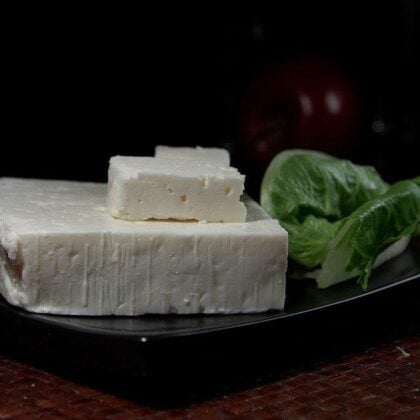
Lactose is the main sugar naturally contained in milk. When we are lactose intolerant, our ability to digest this sugar is reduced, which is known as malabsorption.
What is known as lactose intolerance can affect adults, but also infants. In the case of infants and children, there are several types of intolerance: for example, a transient intolerance caused by gastroenteritis, but also a lactase deficiency or a genetic defect.
For good understanding lactose intolerance Let's take a look at the various digestive problems associated with lactose intolerance. We'll also look at the differences between intolerance and allergy, and how to help babies with lactose intolerance.
How does lactose intolerance manifest itself in babies?
In infants, lactose intolerance only manifests itself through digestive indicators. Parents may observe the following signs
- Abdominal pain
- Gas
- Frothy or acidic diarrhoea
- Diaper rash (due to acidic stools)
- Tense or swollen stomach due to bloating.
These signs usually start about 30 minutes after you have taken your bottle.
Differentiating between cow's milk protein allergy (CMPA) and lactose intolerance in babies
It is important not to confuse cow's milk protein allergy with lactose intolerance. The indicators may be similar, but the causes are different. Milk allergy is an abnormal reaction of the immune system to cow's milk protein. Lactose intolerance is a deficiency in the body's lactase enzyme.
Milk protein allergy generally disappears around the age of 3 or 4. As for lactose intolerance, its development depends on the type of intolerance the baby suffers from:
- Congenital intolerance is very rare, occurring from birth and involving a total absence of lactase in the baby's body.
- Primary intolerance corresponds to a progressive lactase deficiency. This type of intolerance is more common from the age of 5.
- Secondary intolerance is said to be "transitory": it is caused, for example, by gastro-enteritis and can disappear in a few weeks.
How can babies suffering from lactose intolerance be helped?
To help babies, it is first important to identify the type of intolerance they suffer from.
For example, if the intolerance is transitory, it may be advisable to put the baby back to the breast to maintain good hydration. You should also be aware that the degree of intolerance can vary from one baby to another: some babies can drink 250ml of milk without the slightest discomfort. However, if the digestive problems persist, it is of course essential to consult a paediatrician, who can prescribe a lactose-free infant milk if necessary. What's more, if your child continues to show signs of intolerance as he or she grows up, you can protect them with LACTOLERANCE lactase capsules. The 4500 and 9000 capsules can be used in the event of intolerance from the age of 3, while the 1Day can be used from the age of 6.

Hello, I'm Vincent
Like you, I'm lactose intolerantI know exactly what you're going through and the difficulties you encounter on a daily basis. For over 10 years, I've been helping our customers to use our dietary supplements and giving advice and tips on how to improve their digestive comfort. I'm also a keen cook and gourmet, so you'll find my favourite recipes for a lactose-free diet in this blog.
Lactose intolerance is not inevitable! With LACTOLERANCE you can digest with complete peace of mind





